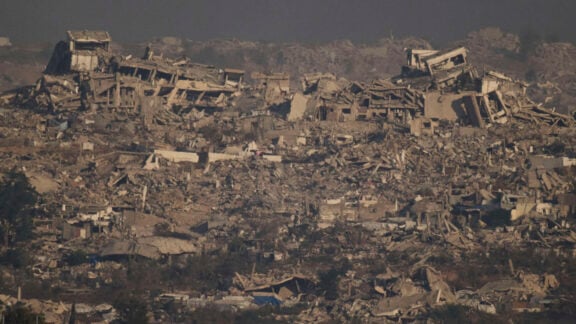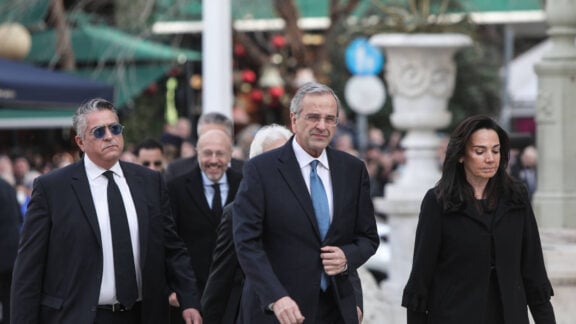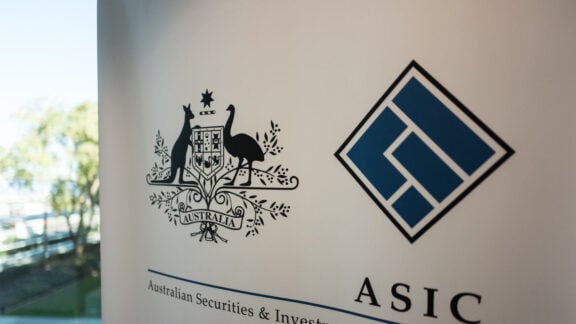Greek speaking construction workers in Australia are on the decline according to The Australian, with warnings of labour shortages and construction cost blowouts under current migration settings.
There has been a surge in Chinese, Korean and Punjabi-speaking construction workers, while Italian, Balkan, Arabic and Greek have fallen.
Analysis from the Housing Industry Association (HIA) found that there was a 56 per cent increase in workers speaking an Asian language.
From 2011 to 2021, the construction workforce grew 29 per cent, and the number of workers who reported they spoke English at home rose by 25 per cent.
The Australian Bureau of Statistics census data shows 16.4 per cent of the total construction workforce speaks a language other than English at home, with more than 200 languages and dialects spoken by builders.
But the figure also showed that a greater share of migrants arriving from Asia and fewer from Europe.
Greek-speaking builders fell from 8.9 per cent to 5.6 per cent, while Italian saw a dramatic drop from 13.9 per cent to 6.2 per cent.
Arabic slightly declined from 9.4 to 8.1 per cent and Croatian, Serbian and Macedonian-speaking construction workers dropped out of the top 10 and were replaced by Punjabi, Hazaraghi and Korean-speakers.
Mandarin was the most common non-English language spoken by builders.
Now experts believe that unless the government unlocks new construction migration pathways, their pledge to build 1.2 million new homes over five years has “little chance” of success.
HIA executive director Geordan Murray told The Australian despite the building industry having nine per cent of the nation’s total workforce, builders haven’t “been able to attract a proportionate share of the migrant workers who come to Australia.”
He said if the sector was able to recruit equivalent to its share of the workforce, it “would have received 40 per cent more migrant workers, over 33,000 additional workers.”
“Successive Australian governments have claimed to oversee a ‘demand-driven’ skilled migration system. Given the acute shortages of skilled workers the construction industry has faced over the last decade, it is implausible to suggest insufficient demand is to blame for this underperformance.”
“The skilled migration system is failing the construction industry. The failure to facilitate skilled migration in the construction industry is enabling labour shortages to continue, which is contributing to longer build times and higher construction costs. Higher construction costs are contributing to fewer homes being built and deteriorating housing affordability.
“Only 24.2 per cent of the construction industry migrated to Australia at some point; this ranks 16th out of the Australia’s 19 major industry sectors. The construction industry is well short of the national average of 32 per cent. The finance and insurance services sector have the largest share of migrant workers at 39.6 per cent.”
The HIA have now made a pre-budget submission to Treasury with three recommendations to simplify the immigration process, including a simplified visa program for in-demand trades, funding to support skilled immigrants navigate jurisdictional licensing requirements and a construction trade contractor visa.
With Greek and other European migrants in the Australian building sector decreasing, it doesn’t look likely that these numbers will rise anytime soon.
European countries, including Greece have their own gaps in the market, and last year, Greece became reliant on unregistered migrants to address the shortages.
Many people left the workforce during the COVID pandemic, while Greece’s problem also go back to the financial crisis that saw many people leave the country.









